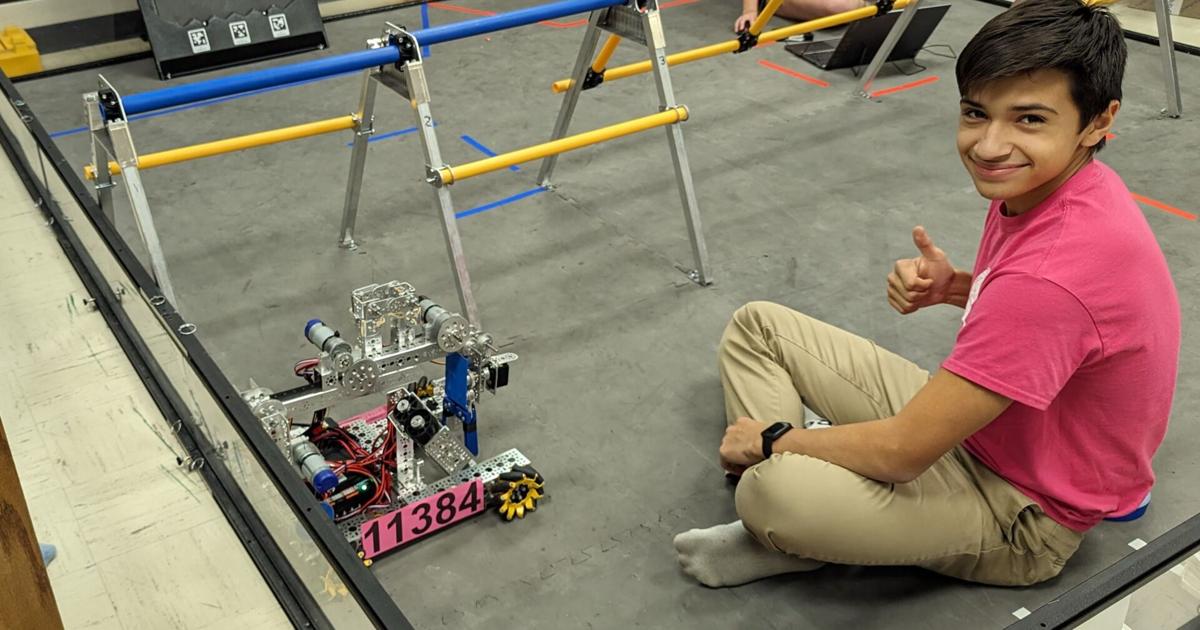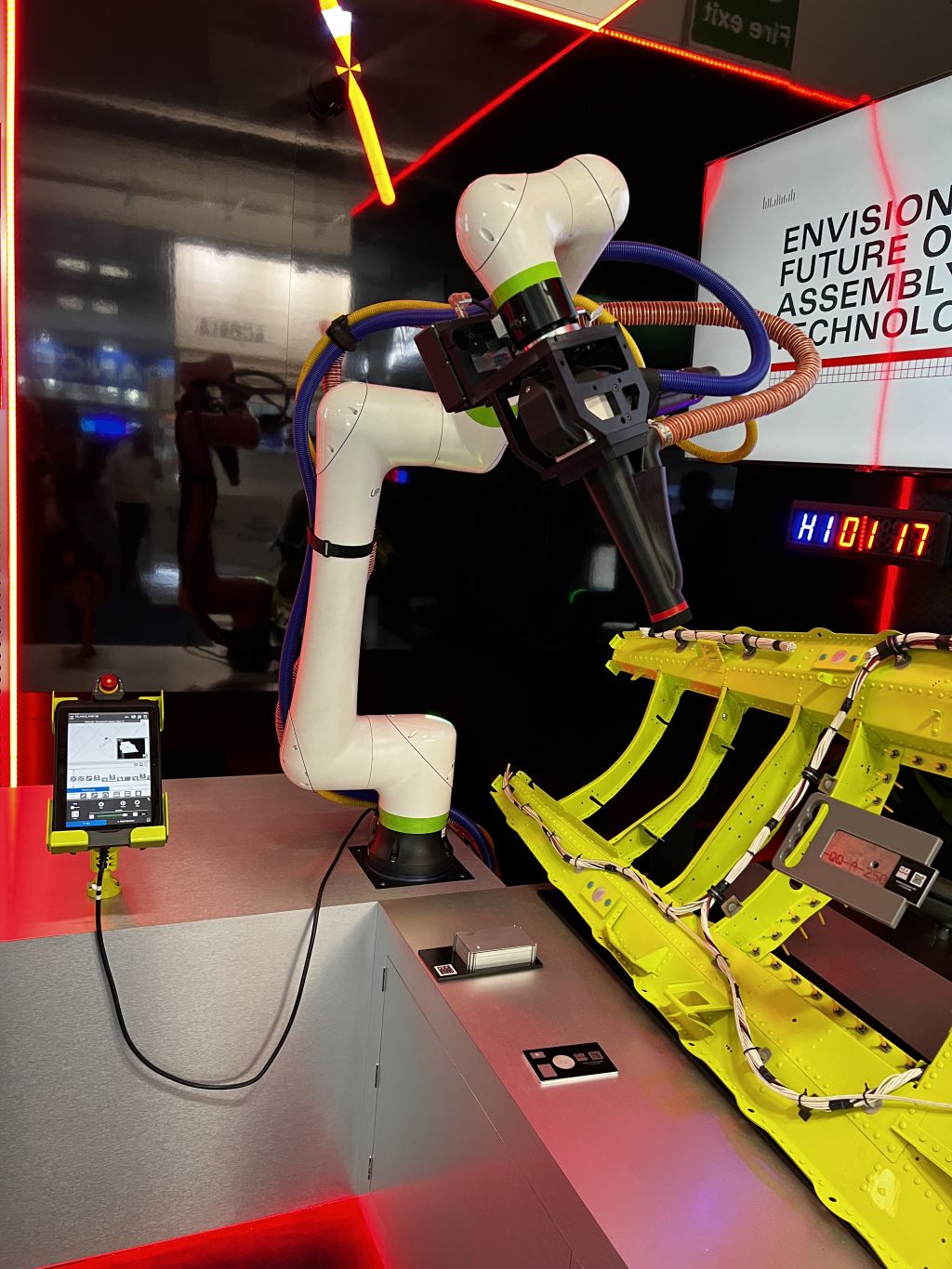The Ministry of Electronics and Information Technology (MeitY), today, released the Draft National Strategy on Robotics. The draft stated that in the previous years, India has taken measures to promote the responsible adoption of artificial intelligence (AI) and develop public trust around it, by emphasising on the idea of ‘AI for All’. “There are currently three centres of excellence (CoEs) around AI and robotics, and the Indian government plans to have approximately 20 more of these centres. AI will fuel the manufacturing industry. It would also impact healthtech and agritech,” Rajeev Chandrasekhar, Minister of State for Skill Development and Entrepreneurship and Electronics and Information Technology of India, said at the briefing.
According to the draft, the Indian government’s ‘India AI’ is an umbrella program that takes into account current AI initiatives, from developing language models (Digital India Bhashini) to enhance digital accessibility for citizens to skilling programs (YUVAi) to provide AI understanding for school students, for the goal of ‘making AI in India and making AI work for India’. “AI is expected to have a significant impact in the realm of Cyber-Physical Systems (CPS), which is the common appellation for systems that combine physical and cyber components to perform complex tasks. The interaction of the virtual world with components of physical systems over distributed networks has presented the generational opportunity to power social and economic outcomes for our future. Robotics is a key CPS technology that relies on AI algorithms to process and interpret sensory data, make decisions, and execute actions in the physical world,” the draft mentioned.
Insights from the draft stated that India has made progress in the area of robotics, by emphasising on the potential of cutting-edge technologies to promote innovation across the economy. “This was evidenced by robotics installations in India surging by 54% to 4,945 units in 2021 ranking India 10th for the highest annual installation of industrial robots in the world. However, the effects of the coronavirus pandemic and geopolitical instabilities continue to persist in compromising global supply chains, prolonging the scarcity of critical components and further exacerbating the need for India to achieve self-reliance in robotics,” the draft added.
From what it’s understood, the National Strategy of Robotics intends to position India as a global leader for robotics to develop its transformative potential. “The National Strategy for Robotics aims to position India as a global leader in robotics to actualise its transformative potential. It also builds upon Make in India 2.0 which has identified robotics as one of the 27 sub-sectors to further enhance India’s integration in the global value chain. A holistic and coordinated mechanism is envisioned to strengthen India’s industrial capabilities, the need for domestic value addition, augmenting employability, and helping India emerge as a “Robotics Hub” for EXECUTIVE SUMMARY 04 1 05 the world. The strategy also aims to fully maximise the benefits of an AI-integrated society by leveraging the momentum of the Government of India’s AI initiatives to drive advancements in robotic technology in India,” the draft emphasised. “Industry 4.0 will be the gateway to implementing robotics in every industry. Free help will be provided for robotic startups,” Chandrasekhar added.
Based on data from the draft, it showed that MeitY has proposed a two-tier institutional framework to facilitate the implementation of the National Strategy on Robotics, which will take the form of the ‘National Robotics Mission.’ “To reap the benefits of deploying robotics at scale, multiple interventions have been recommended across the key pillars of a robotics innovation cycle which include Research and Development, Demonstration and Testing, Commercialization and Supply Chain Development, and Adoption and Awareness,” the draft highlighted in that context. Moreover, Research in robotics in India is considered to be at its developmental stage and is in need of large-scale interventions. Reportedly, the National Strategy on Robotics intends to bolster the research and development abilities of the Indian robotics ecosystem by improving the availability of funding, converging efforts with CoEs for AI and Cyber Physical Systems, establishing platforms for global partnerships, attracting and retaining skilled professionals and funding Moonshot Projects for research innovation.
In the concluding parts of the draft, it mentioned that in order to grow public trust in technology along with its adoption, priorities should be laid on demonstration and testing. It also communicated that to enhance penetration and adoption of robots in India, many demand-side interventions have been suggested, and that developments are required for a skilled workforce. “Overall, the National Strategy on Robotics aims to create a conducive environment for the growth and development of the robotics sector in India, to drive innovation and economic growth, while also improving the quality of life for citizens. This strategy will form an integral part of the overall India AI vision and see the advancement of India’s Cyber-Physical Systems objectives,” the draft concluded.











